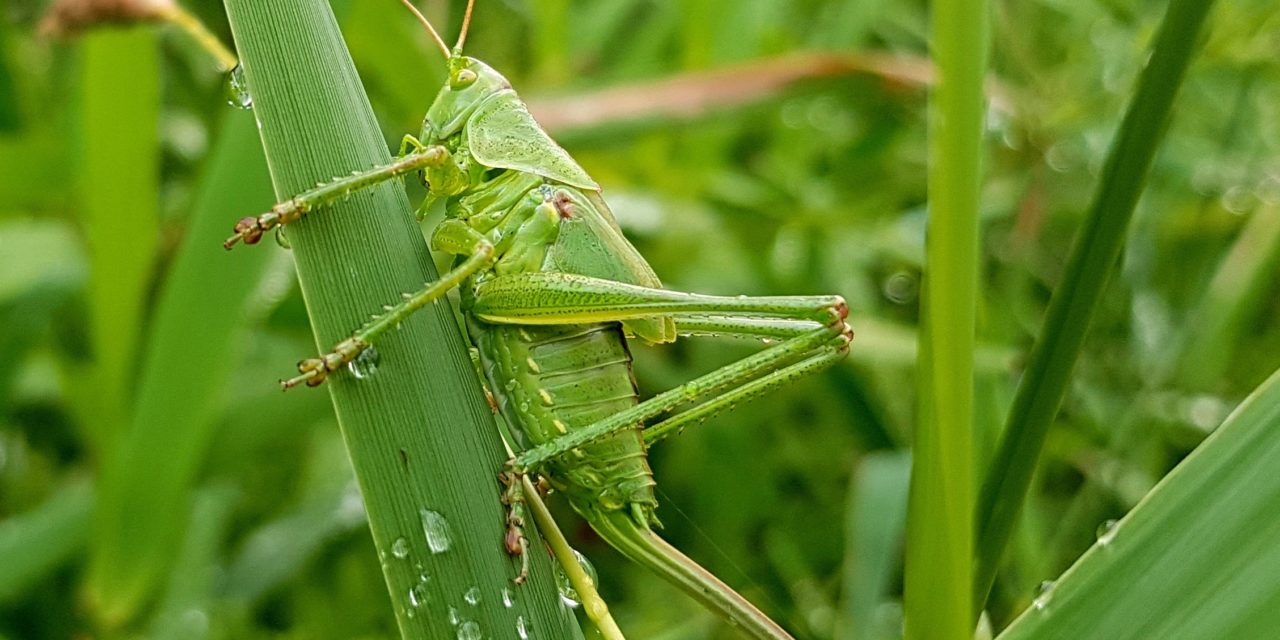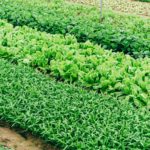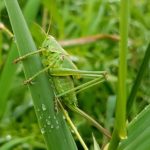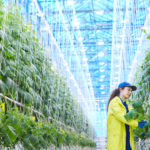Take the story of Moses and the Pharaoh. What must have been going through the all-powerful Pharaoh’s mind when some guy walks in off the street and announces, in no uncertain terms, that the game is up? “Let my people go.”
Imagine the elevator pitch Moses would have come up with for a VC for this plan:
Moses: I have this idea to redirect an under-used labor force, free them from slavery, and apply their human capital to more productive pursuits.
VC: Sounds interesting, I like an arbitrage. Tell me more.
Moses: I am going to free the Israelites by threatening Pharaoh with a plague.
VC: How big is that market?
Moses: Biblical.
VC: Is that the total addressable market?
Moses: Yes.
VC: And do you have a prototype?
Moses: Yes, but it has a lot of bugs.
Those bugs? A plague of locusts, and they did end up being a problem of biblical proportions.
We worry about climate change. We worry about fires in Australia. We use synthetic fertilizer, RoundUp and Dicamba to improve yield and production. Despite that, the Middle East is now a desert, but according to the Bible it was green and beautiful in 0 AD.
Was it the locusts?
And was that all part of the plan?
Systemic solutions
Locusts are prolific breeders. After strong rains, vegetation in grasslands and deserts increases. The access to food allows the locust population to boom. In good conditions, that can mean up to 1,000 eggs per square meter. According to National Geographic, desert locusts in East Africa were able to increase their population ~8,000 fold in just nine months following two cyclones in 2018.
As their numbers grow, locusts also transform from docile loners to voracious, gregarious plagues. Once rain stops and food withers away, grasshoppers crowd together around whatever remains. The jostling of the crowd causes them to release serotonin. The happy hormone triggers a group transformation. Grasshoppers grow muscle, expand their appetite to toxic plants that make them yellow, and become sociable with their fellow kind. This desperate transformation prepares them for flight to greener pastures.
A plague of locusts can swarm 37 miles long and 25 miles wide. It can travel up to 100 miles a day. It can destroy acres of farmland in 30 seconds. Locusts tend to fly whatever direction the wind takes them to save energy. This also helps them end up in areas of low pressure where rain tends to fall, increasing their chances of finding dinner.
Not all locusts eat plants indiscriminately, however. A species of Mongolian locust was found to prefer to eat plants with high carbohydrate content. A plant with low nitrogen, a signal of poor soil health, over-produces carbohydrates. In this case, a plague of locusts cleans brush and crops in a manner similar to a fire. It revitalizes crop land, redistributing nitrogen, allowing for the ecological system to rebalance.
A biblical solution to food insecurity
Society and evolution tend to cause problems, but in the long run evolution has a way of knocking things back in place.
Because locusts improve the ecosystem in other ways.
They’re a form of food transportation, moving 100 miles a day. If you want to transport a lot of protein over a long distance in 200 BC, locusts are a solution if you are willing to eat a cricket.
They clear out nitrogen-dependent plants. By sensing high nitrogen levels, locusts clear fields of unwanted crops, allowing others to flourish.
They’re also becoming a solution to food security worldwide. Coronavirus and African Swine Flu have disrupted China’s meat imports and led to a pork shortage. More than 820,000 hectares of agricultural land in Australia was burned this year in an already stressed time of drought.
In these conditions, naturally people want to protect their supply chains. If traditional agriculture is becoming challenging, now is the time to look for new alternatives. For instance, faced with a complete lack of arable land, the government of Singapore recently pledged to invest $144 million in innovations for urban farming and lab-grown meat.
And the locusts?
They’re gaining notoriety as prawns of the sky. People are eating them. They’re an inexpensive, sustainable protein source. Call it farm-to-table pest control.
Episodic events that threaten supply chains lead to the evolution of markets. For more than 40,000 years, agriculture has survived plagues, fires, droughts and more by innovating, adapting and growing.
It’s happened before, and it’ll happen again. What the locusts cause, the locusts can solve. I say pass the cocktail sauce.
And would a VC ever invest in Moses plague plan? Probably not. They were more interested in his water separation technology, anyway.












